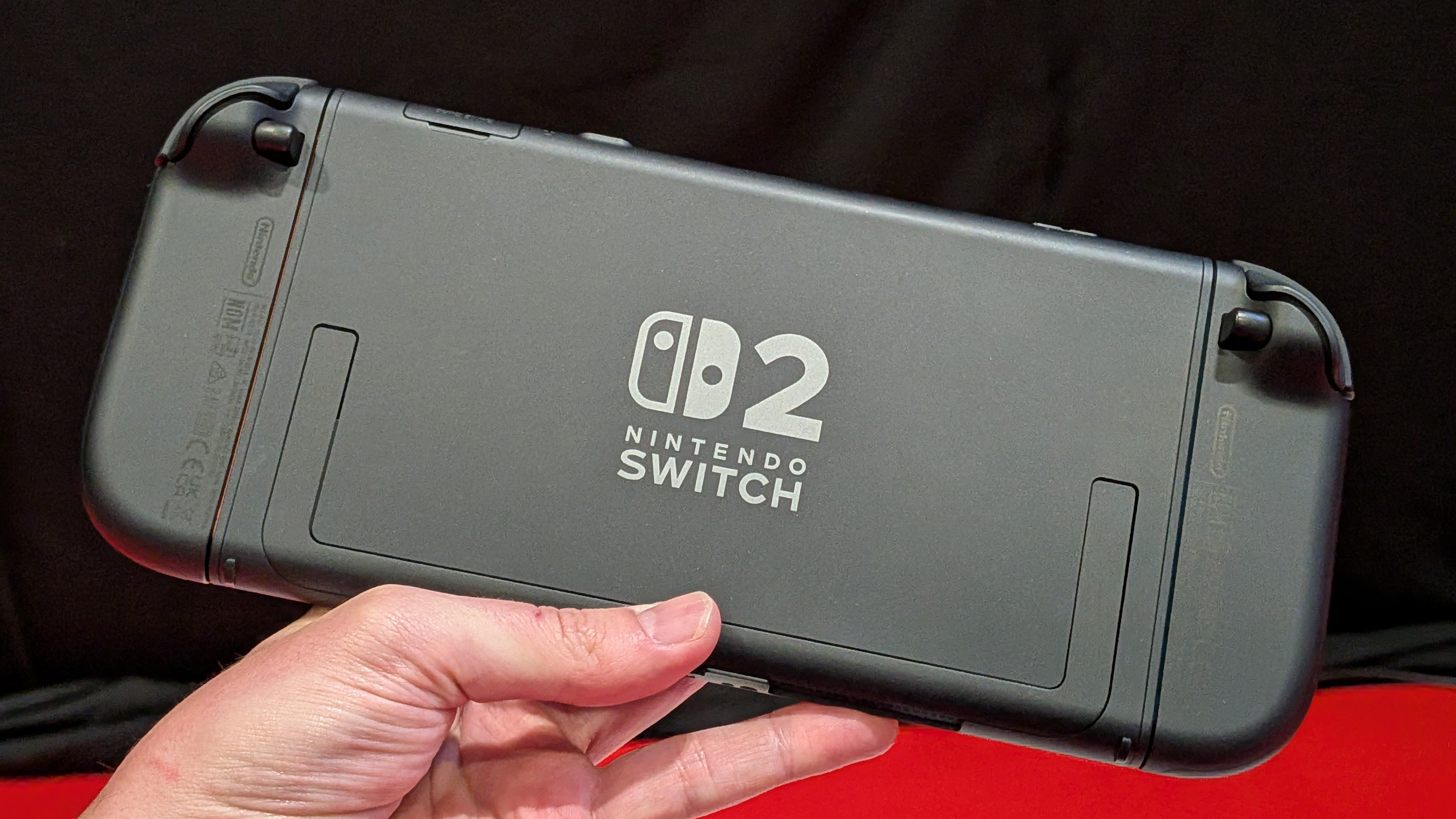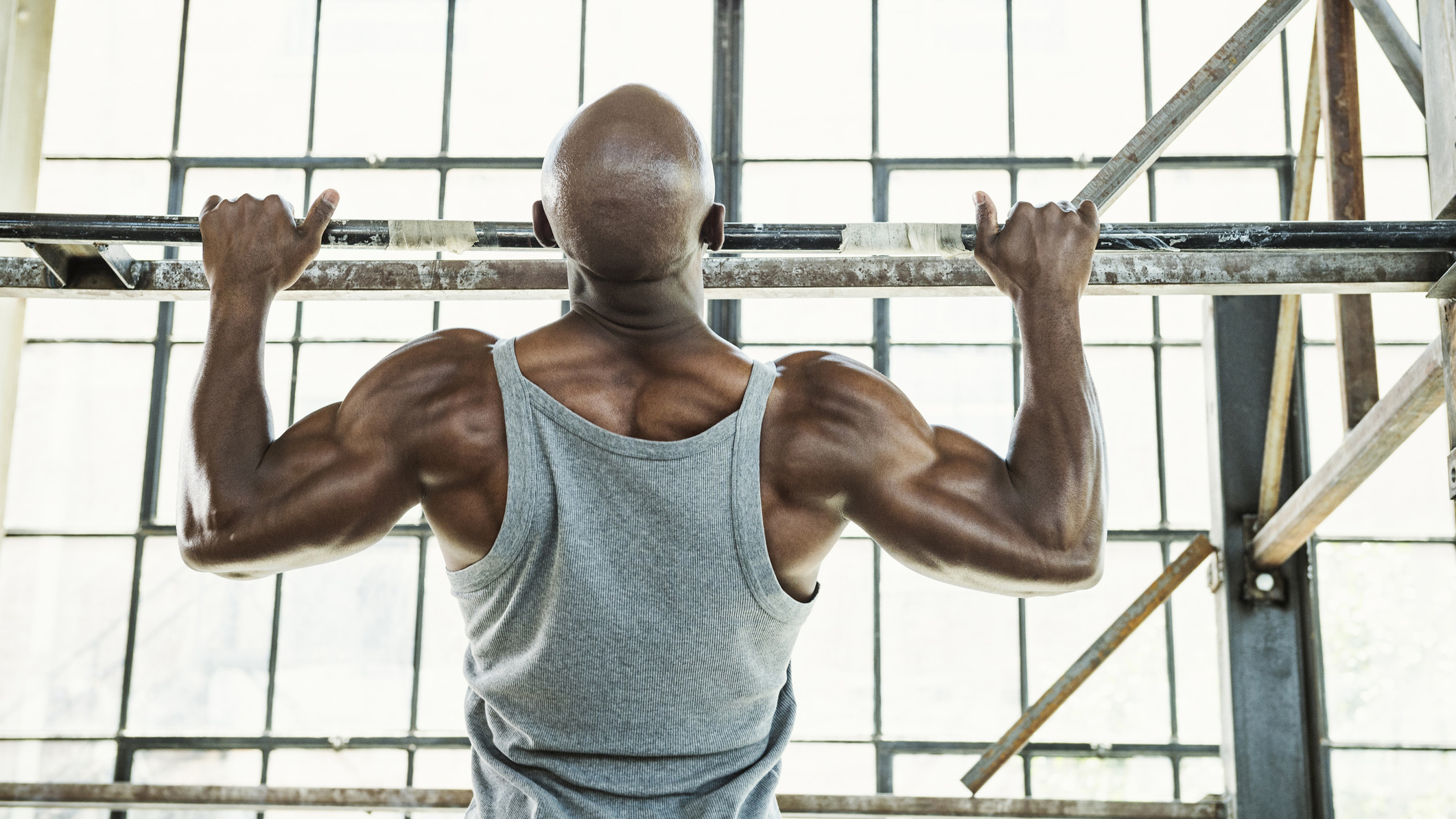

The best back exercises can give you a more muscular back, strengthening the rhomboids, trapezius, and the rest of these more obscure but vital muscles. A stronger back can help you improve your posture as well as ease lower back pain.
Don't be a fool and follow the crowd that's obsessed with how to get a six-pack, how to get bigger pecs and what are the best bicep exercises. Focus on your back and be bigger than those people (literally) by doing the best lats exercises known to man. If it's lower back pain that's bothering you try to incorporate the best lower back exercises into your workout routine.
Probably the reason why no one really talks about back muscles is that – err – they are on your back so you can't see them when you look into the mirror. This is only partially true, and also, if you train your back properly, you will see more benefits than just your torso taking up a shape of a V.
Incidentally, if you are currently not going to the gym, try our best home workout for the back and get in V-shape with ex-professional rugby player James Middleton. And then look at how to get bigger shoulders – that's where your back meets your front.
The best back exercises

Deadlift
In-depth: how to deadlift correctly
We can't praise deadlifts enough, and they should be on the top of your priority list of exercises to master. Deadlifts activate almost all your muscles in your body, from your calves all the way up to your traps. It works your thighs, glutes and lats, as well as your arms.
Starting position is barbell on the floor, legs bent and shoulder-width, arms in alternate grip position (one hand under and one over), shoulders open. Start by pushing with your legs and glutes, then straighten the back and finally, open up the shoulders by squeezing the shoulder blades together.
Sign up to the T3 newsletter for smarter living straight to your inbox
Get all the latest news, reviews, deals and buying guides on gorgeous tech, home and active products from the T3 experts
The eccentric movement mirrors the positive, but the other way around. Release the shoulder blades, run the barbell down your thighs by bending the hips slightly and once the bar passes your knees, bend them to complete the lift.
There aren't many more satisfying things in the world than completing three sets of eight reps of deadlifts with one and a half times your bodyweight. When you drop – I mean, gently lower – the bar down on the rubber floor at the end, you are overrun with adrenaline and serotonin.
Want to do deadlifts at home? You might need a barbell and some weight plates. Check out T3's best barbell and best weight plates guides for more info,
Lat pulldown
Either performed using a wide or narrow grip, lat pulldowns are an excellent way to work your lats. You can do lat pulldowns in the gym using a cable machine or at home on a multi-gym.
Set the weight, grab the handle and sit down on the bench, tucking your knees under the support pads. Bend slightly backwards so you are looking at the ceiling at an angle. Pull the bar towards your chest, not behind your neck.
You will see people advising alternating between the two methods but pulling the bar behind your neck will only result in you spraining your shoulders.
Lat pulldowns work best if you do the whole motion slowly. Approaching weight training from a 'slow and steady wins the race' point of view is probably the best idea. You might be working your muscles with smaller weights, but you activate them for much longer than if you'd just jerk the bar up and down. Performing exercises slowly makes the training more effective.
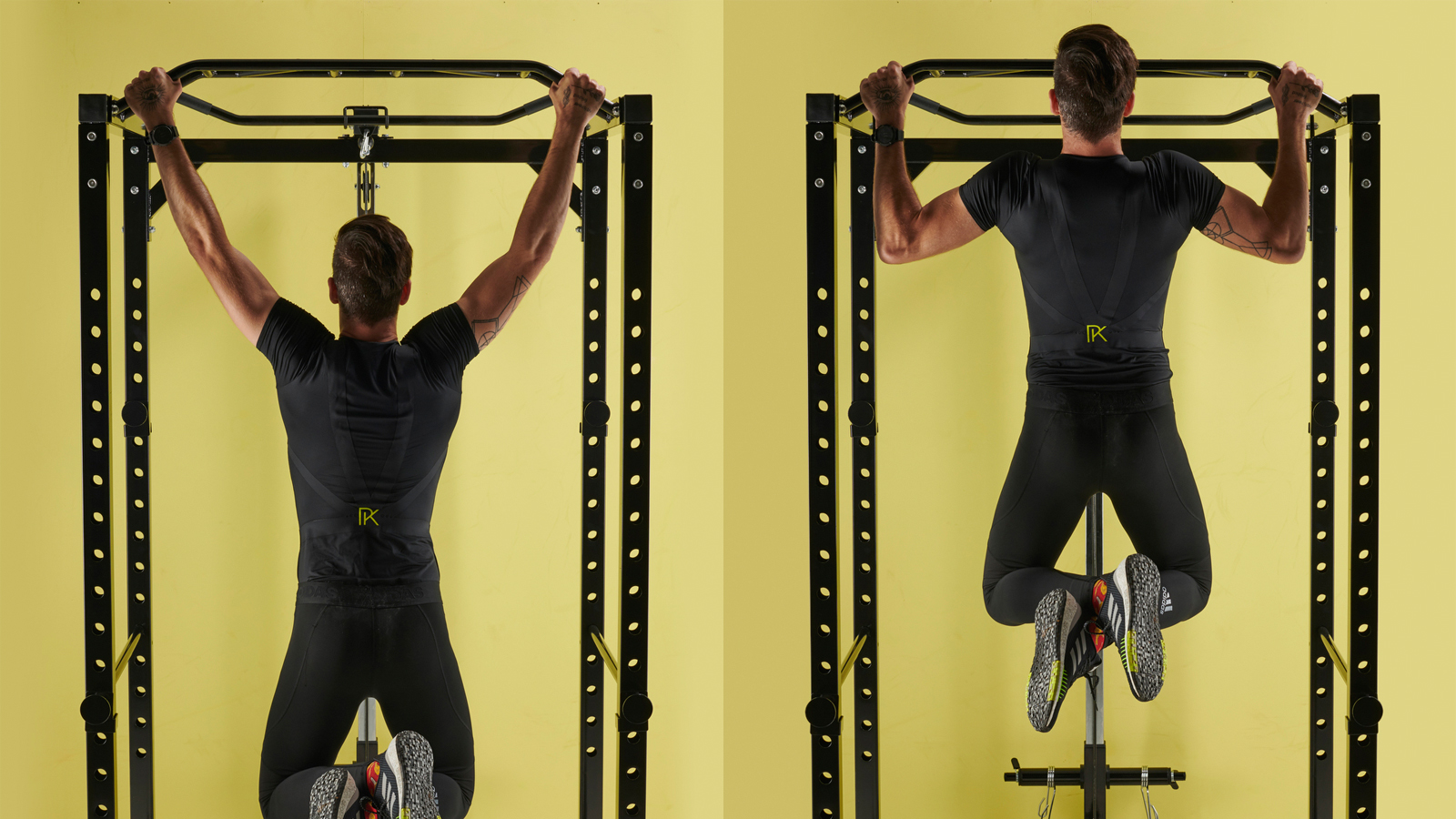
Pull ups
Bodyweight pull-ups are the next step up from lat pulldowns. One of the exercises you won't be able to perform for a while, it's still a good idea to try and practice them as much as possible.
If you are frequenting the gym, you can use a pull up assist machine first. Same thing as doing a regular pull up, but you do it kneeling on a weighted pad.
If you really want to concentrate on your lats, use a wide overhand grip. Chin-ups use your arms muscles more (they are excellent nevertheless). Pull-ups are a great way to achieve a 'V-shape' soon.
If you are exercising at home, get a pull-up bar and start doing pull-ups your legs resting on a chair. Please, please, make sure the bar is fitted properly and that it can support your bodyweight before you start hanging off it.

Bent over barbell row or one arm dumbbell row
Bent over rows have been mentioned on our full-body workout list, too, because they are one of the essential exercises you can perform in the gym and at home too. All you need is a barbell or a dumbbell (or dumbbells).
Bent over barbell row is performed stood up, knees bent slowly, holding the barbell with an underhand grip. Pull the barbell towards your belly (and not chest) in a rowing motion.
An alternative version is the one-armed dumbbell row. Rest one of your legs and one arm on the bench, holding the dumbbell with a hammer grip in the other, free-hanging hand. Pull the dumbbell towards your belly (again, not chest!) and then lower it back down. Once the set is done, do the same with the other arm.
Concentrate on muscle activation as you perform the row.
You might need a bench and some home weights to be able to perform this exercise at home. We have plenty of those listed in our best weight bench, best adjustable dumbbell and best dumbbell guides.

Kettlebell swing
In-depth: How to do kettlebell swings correctly
Kettlebells are the perfect equipment for cardio fuelled sessions in the gym (or home). Originated from Russia, kettlebells became a gym staple in the last 10-15 years and are used for a variety of exercises, like the farmers' walk or the kettlebell swing.
The kettlebell swing is performed by holding the kettlebell between your legs with both hands, legs in a wide stance, slightly bent. Swing the kettlebell up so your arms point forward, then let them fall between your legs, then back up again.
It's easy to underestimate the kinetic force of the bells and just let them swing back too much. Pay attention and activate your muscles all the way through the motion.
The kettlebell swing works your lower back quite significantly so make sure you do your warm-ups before you jump in doing full-blown sets. Kettlebells can be bought in a variety of sizes and they are also available in gyms so pick a smaller one and do your warm-up rounds first, please.
The rep range is higher with this exercise, you can do 15-20 reps in each set (aim at 3-4 sets).
Have a look at T3's best kettlebell guide for more info on this home fantastic home weight.
Don't forget to eat your protein
In order to gain lean muscle mass, you will need to pay attention to what you eat. The saying 'you are what you eat' is in fact very true, your body can only use the food you ingest to build muscles. If you keep feeding it burgers and pizza, don't expect fast results (or much results at all).
You won't need a wide variety of supplements either to help your body grow. Apart from keeping yourself to a healthy diet, eating mainly 'good carbs' such as quinoa, buckwheat or oats and 'good fats' like those found in avocados, fish and nuts, you will only need protein powder and creatine monohydrate.
The former contains a high percentage of the essential amino acids required for muscle repair and therefore muscle gain, whilst the latter helps improving your performance.
Always warm up
Your back muscles are HUGE, the lats, for example, are the biggest muscles in your upper body. They will need some warming up before you can use them to their full potential. There is no need rushing into an injury because you couldn't be bothered to do 5 minutes of warm up.
Do some cardio and basic stretches, followed by a set or two with smaller weights to properly warm your muscles up. You have been warned.
Important: if you are new to weight lifting, start with a smaller weights you can easily manage and work your way up slowly over a period of days, weeks and/or months.

Matt Kollat is a journalist and content creator who works for T3.com and its magazine counterpart as an Active Editor. His areas of expertise include wearables, drones, fitness equipment, nutrition and outdoor gear. He joined T3 in 2019. His byline appears in several publications, including Techradar and Fit&Well, and more. Matt also collaborated with other content creators (e.g. Garage Gym Reviews) and judged many awards, such as the European Specialist Sports Nutrition Alliance's ESSNawards. When he isn't working out, running or cycling, you'll find him roaming the countryside and trying out new podcasting and content creation equipment.
-
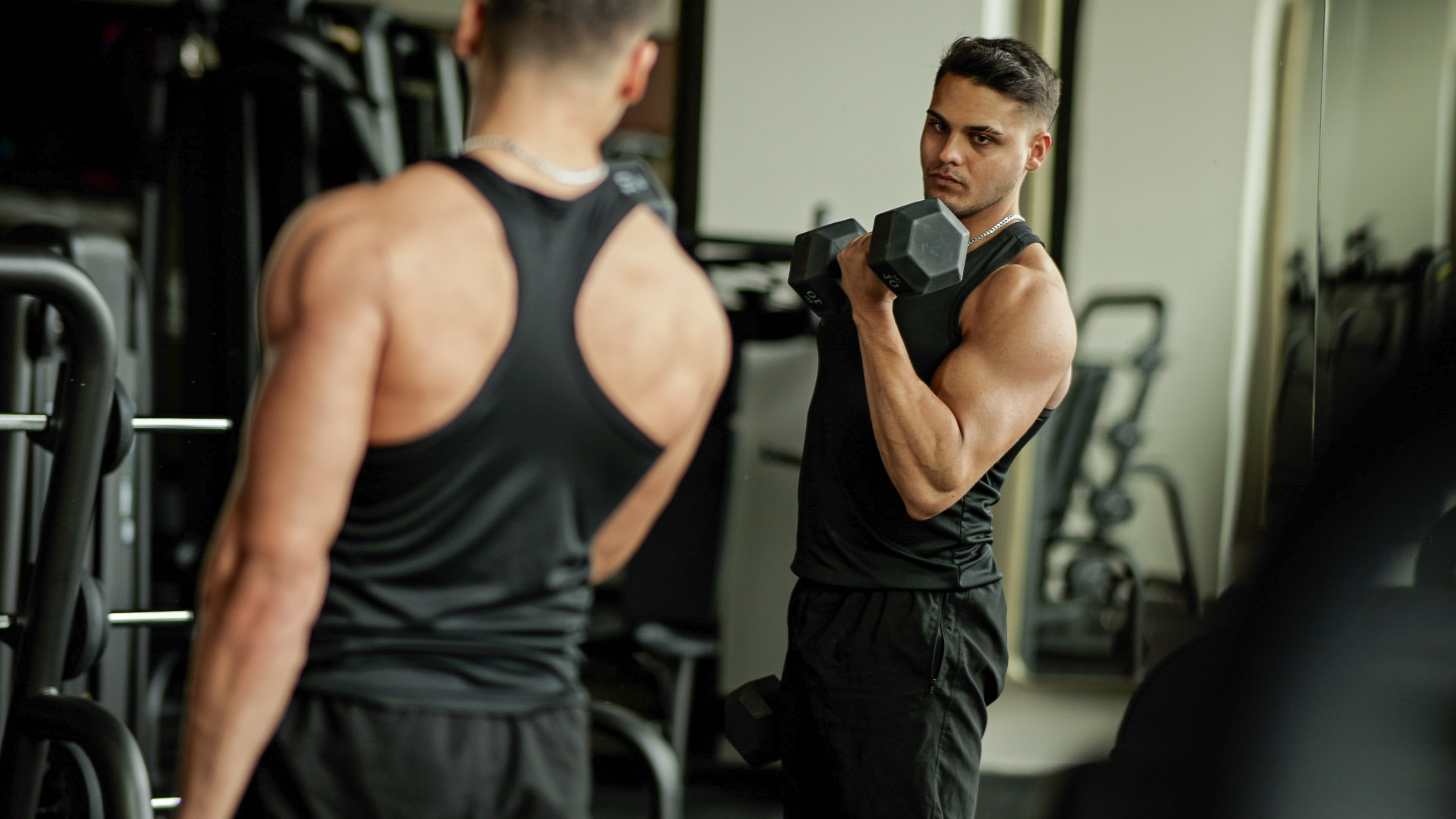 The best biceps exercise, according to science
The best biceps exercise, according to scienceHave you been training your biceps wrong this whole time?
By Lucy Miller Published
-
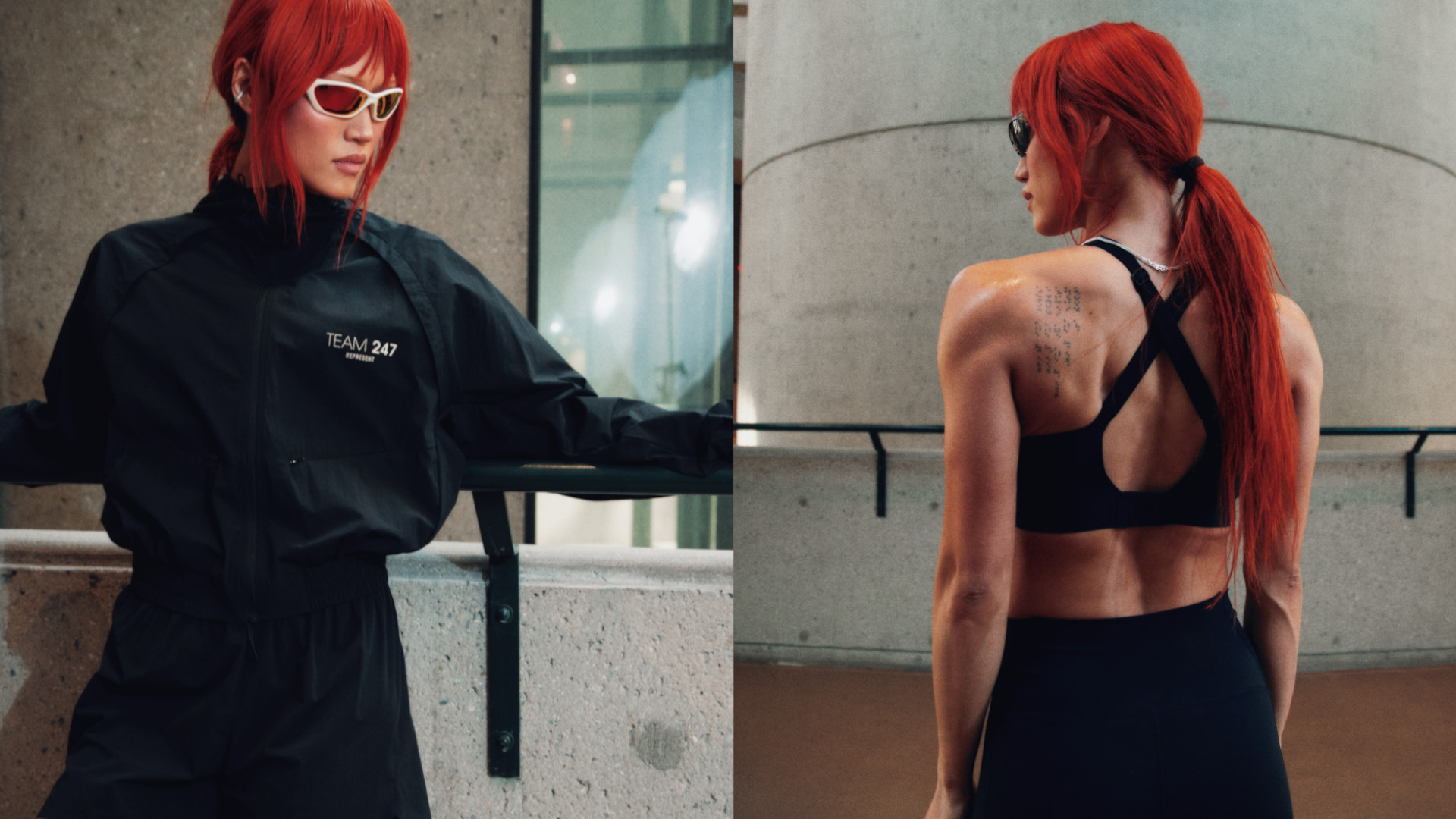 Finally! Represent 247 launches its first womenswear collection, taking you from street to gym in style
Finally! Represent 247 launches its first womenswear collection, taking you from street to gym in styleIt's about time guys
By Bryony Firth-Bernard Published
-
 3 chest exercises you’re probably not doing to supersize your pecs
3 chest exercises you’re probably not doing to supersize your pecsA killer pec pump awaits
By Bryony Firth-Bernard Published
-
 When’s the best time to take creatine?
When’s the best time to take creatine?The science-backed supplement is a must for building strength and muscle, but is there an optimal time to take it?
By Bryony Firth-Bernard Published
-
 Three overrated core exercises and what you should do instead
Three overrated core exercises and what you should do insteadA fitness expert says these exercises aren’t all they’re cracked up to be
By Bryony Firth-Bernard Published
-
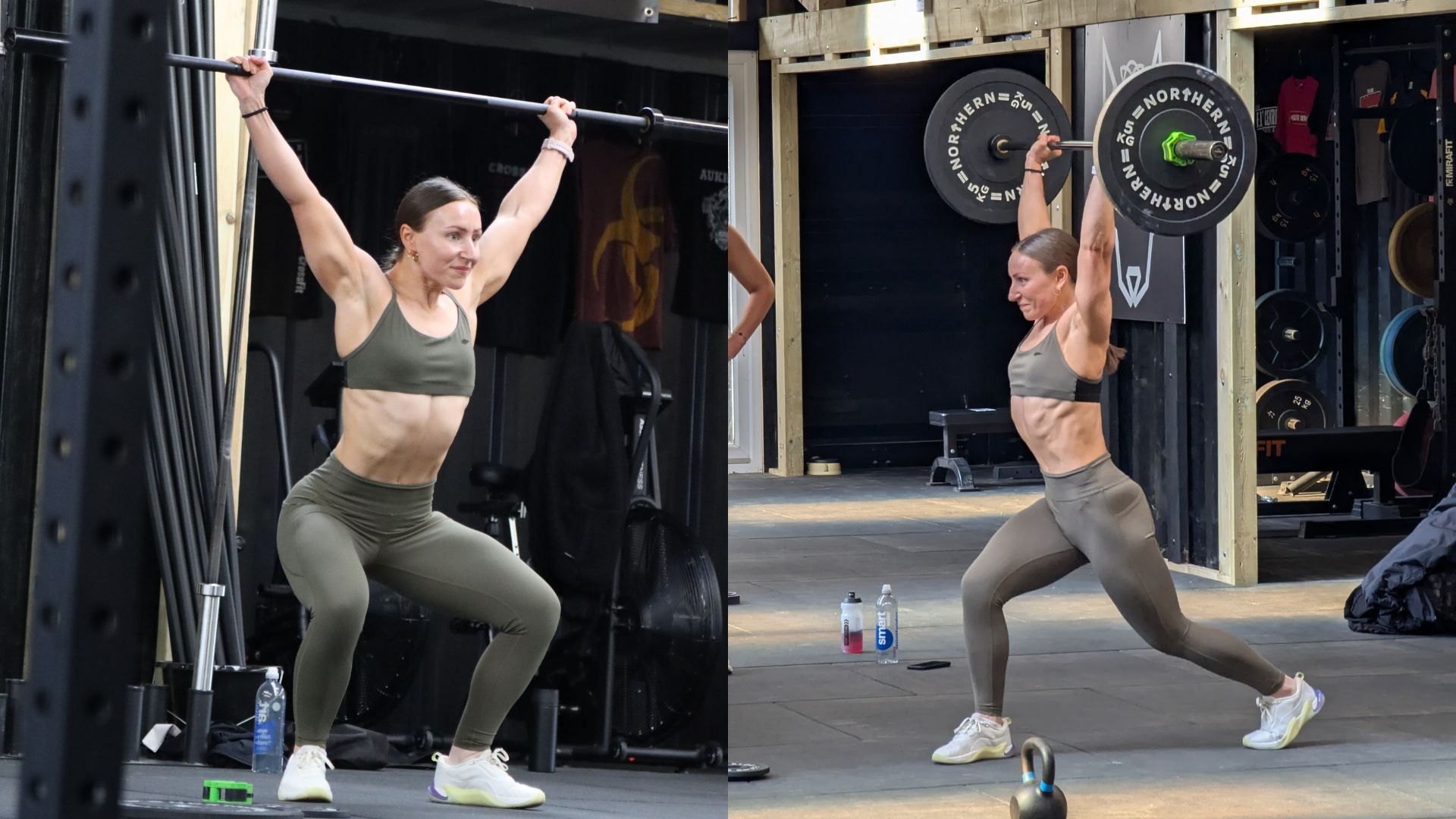 I tried Olympic weightlifting for the first time – here are three things it's taught me
I tried Olympic weightlifting for the first time – here are three things it's taught meBeing strong simply won't cut it
By Bryony Firth-Bernard Published
-
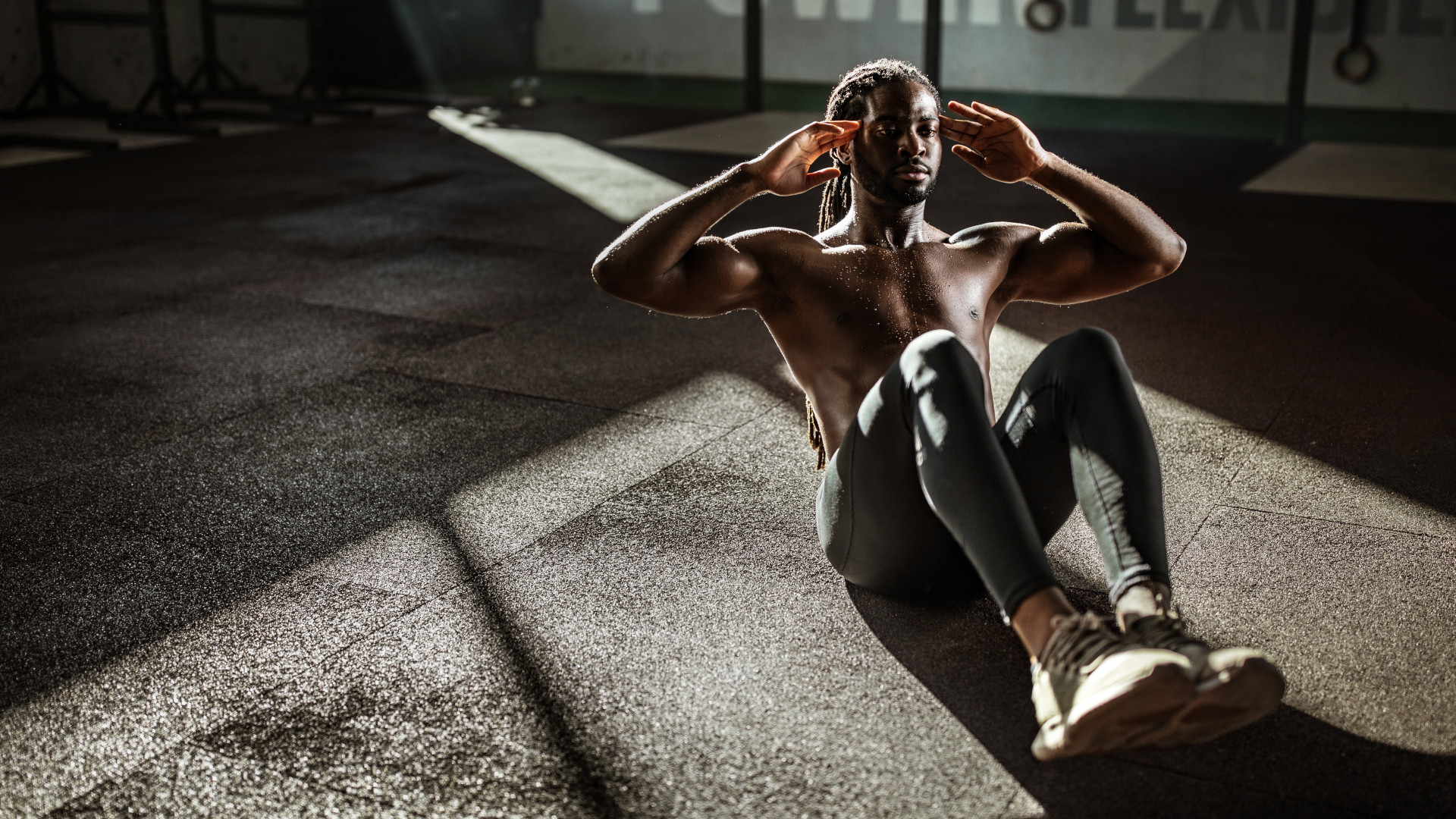 An exercise scientist ranks every ab exercise – and the worst one may surprise you
An exercise scientist ranks every ab exercise – and the worst one may surprise youFYI it’s not crunches or sit-ups
By Bryony Firth-Bernard Published
-
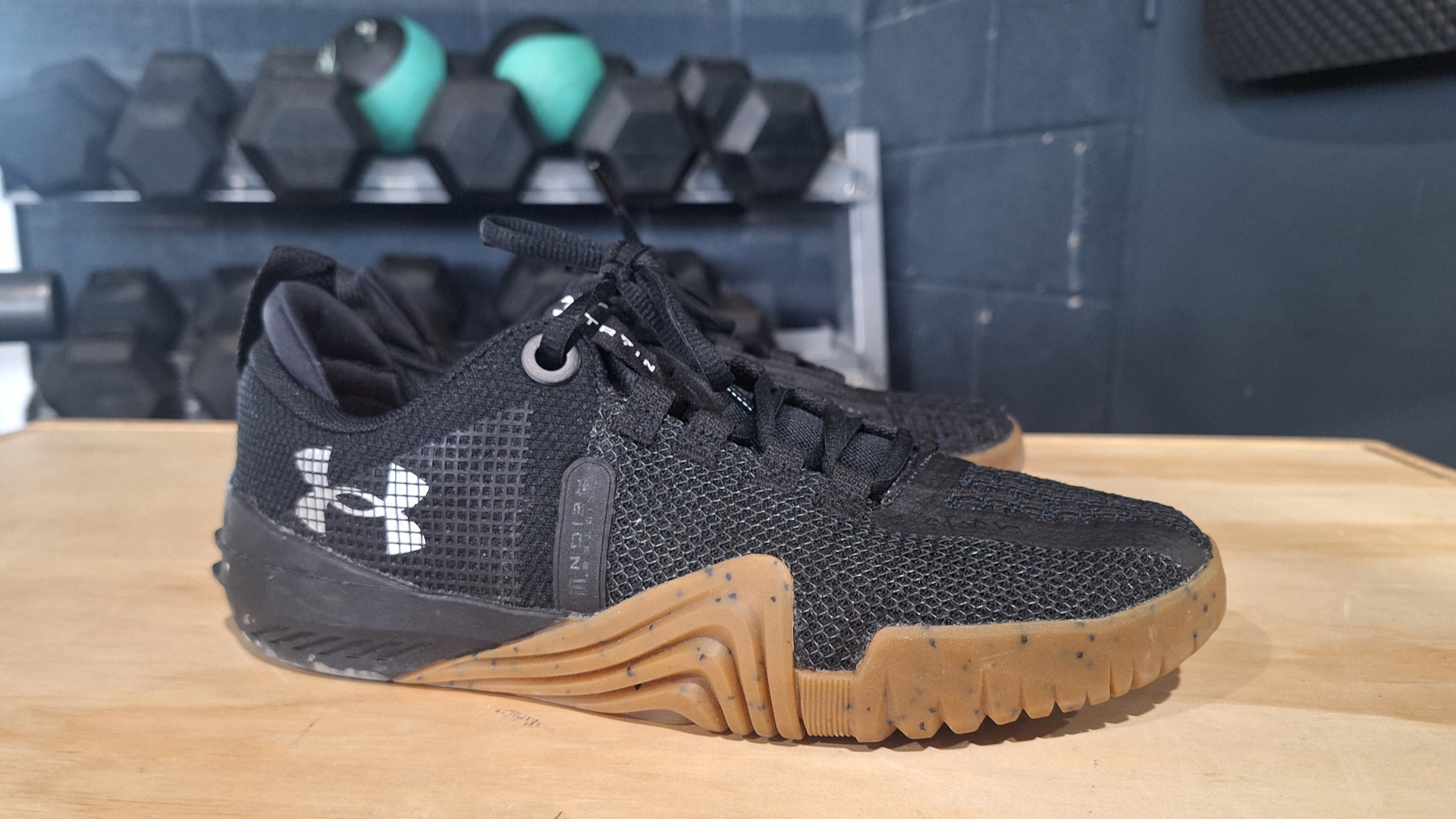 I didn't think Under Armour could improve its top-tier workout shoes – I was wrong
I didn't think Under Armour could improve its top-tier workout shoes – I was wrongThe TriBase Reign 6 has had a complete overhaul, with a flatter sole, improved flexibility and a brand-new look
By Bryony Firth-Bernard Published

